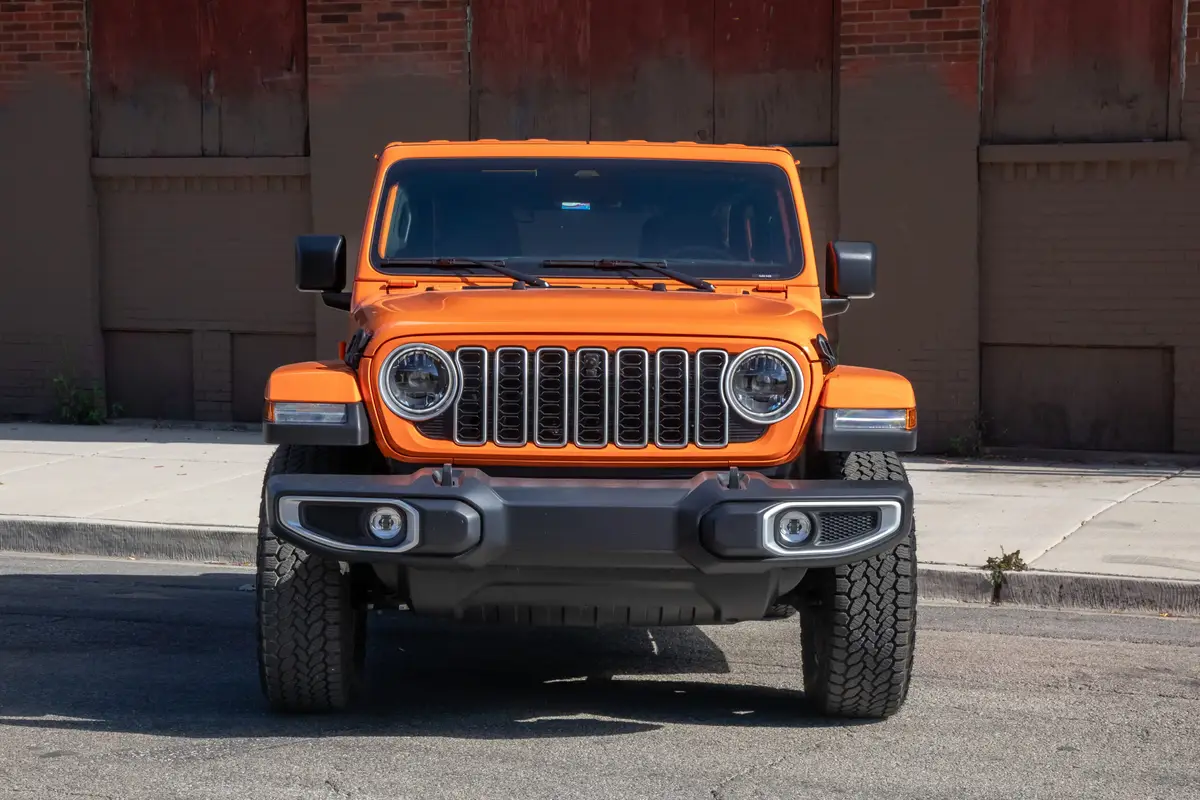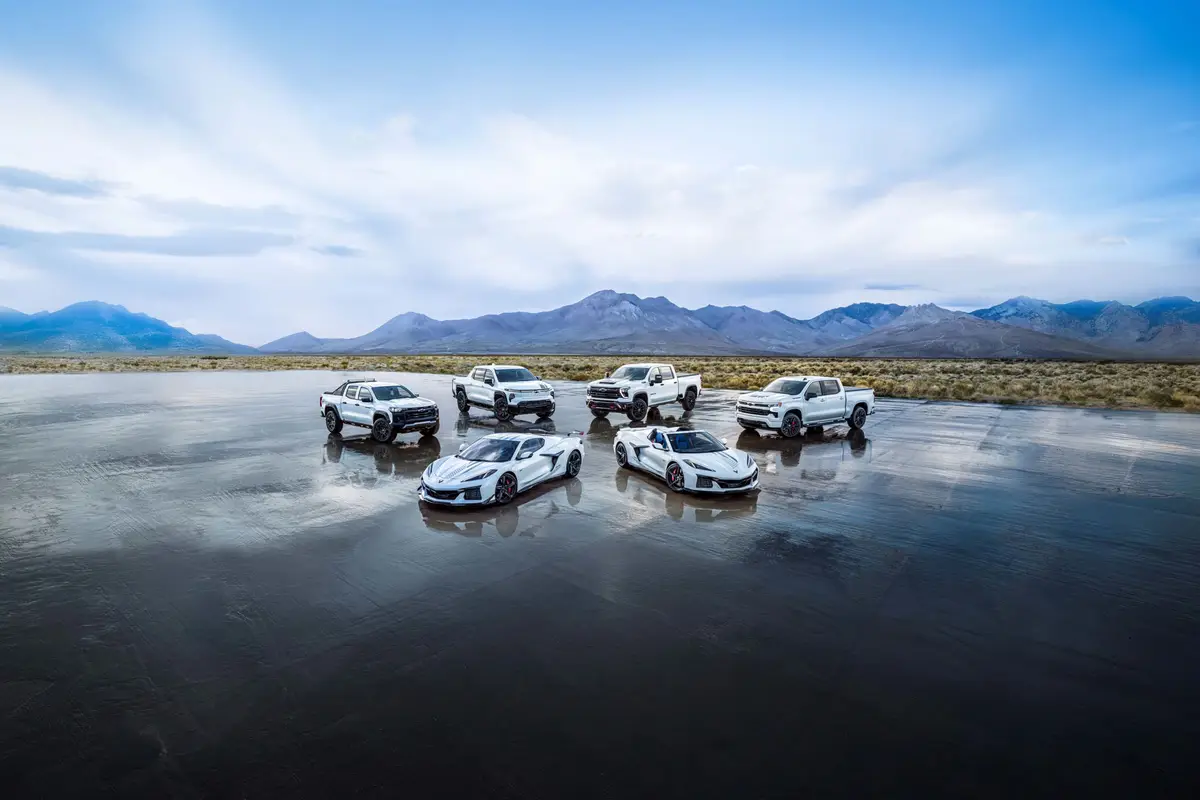washingtonpost.com's view
You won’t find many Isuzu passenger trucks in this West Virginia hamlet — or anywhere else in the United States today.
The Japanese automaker seems to have closed shop in America. But the appearance is deceptive.
Isuzu Motors Ltd. is still in business; but, increasingly, it’s a different kind of business from the one launched in the United States in 1975, when it set up Isuzu Motors America Inc.
The mounting evidence is that Isuzu, in keeping with a six-year reorganization plan initiated in 2002, is getting out of the passenger vehicle market altogether. The second part of that plan, the Isuzu Mid-Term Business Plan, began in April of this year and runs through April 2008.
The strategy is to turn Isuzu into the world’s leading producer and marketer of commercial vehicles and diesel engines.
That is a laudable goal, one that plays to Isuzu’s historical strength. Outside of the United States, Isuzu is known more for its lorries and other commercial vehicles than it is for producing American-style SUVs and pickups. Thus, it’s understandable that Isuzu would move closer to the commercial market, considering its long run of passenger vehicle flops in America.
Currently, Isuzu offers only two passenger lines in this country, the Ascender sport-utility vehicle and the I-280 and I-350 pickup trucks, all thinly veiled copies of models produced by its American partner, General Motors Corp., which lately has been having problems of its own.
I’ve driven the three Isuzu versions, including the Chevrolet Colorado/GMC Canyon-based 2006 I-350 Crew Cab pickup, the subject of this week’s review.
After rolling around West Virginia and environs in the I-350, I’ve concluded that Isuzu should accelerate its departure from the passenger vehicle market. There are few reasons, other than potentially favorable pricing and a demonstrably better warranty, to buy the I-350 — or any of the other GM-based products — from Isuzu.
That does not mean the vehicles themselves are bad — although the I-Series/Colorado/Canyon trucks are regarded as underpowered by some compact pickup aficionados. It does mean that there are no mechanical, performance or structural differences — none, zilch, nada — between the Isuzu products and those produced by GM.
Let us look at the I-350, which employs as standard equipment the 3.5-liter, in-line five-cylinder, 220-horsepower engine sold as optional equipment in the Chevrolet Colorado and GMC Canyon. Keep in mind that the whole optional-standard thing here is a bit of a ruse, inasmuch as the standard 2.8-liter, in-line four-cylinder, 175-horsepower engine in the Chevrolet Colorado also is the standard engine in the Colorado-derived Isuzu I-280 pickup.
In most other respects, with the notable exception of some questionable cosmetic surgery on the face of the I-350, the Isuzu pickup and its GM siblings are the same. The tested I-350 came with shift-on-the-fly four-wheel drive. The identical system is offered by GM. Headroom, legroom and overall interior layout are all the same. For that matter, even the shape and feel of electronic key fobs for the Isuzu and GM pickups are identical.
It seems to me that this blatant failure to differentiate is indicative of something else — the moral equivalent of a resignation, the product of the last week’s employment in an unpleasant job; or, perhaps, it represents the spoils of a pending divorce. I do not wish to start rumors. But I’ll give you another hint of what is going on between GM and Isuzu. GM, as we’ve all lately learned, is laboring under enormous financial burdens, which it has been struggling to alleviate via a health care cost-cutting deal with the United Auto Workers union; and through other measures, such as GM’s recent decision to jettison its 20 percent interest in another Japanese partner, Subaru Motors. GM in 2003 held a 49 percent interest in Isuzu. Today, GM holds a 12 percent share in the company. GM is realigning its “Asia strategy” to be more in line with China, where it is experiencing measurable success, than with Japan, where it’s been having problems.
Whether GM will forfeit all of its shares in Isuzu remains to be seen. But if the I-350 is a tangible example of what remains of the relationship, it appears that there is little left to hold the companies together. They may as well break it off and get on with doing what they do best. GM makes good passenger vehicles. Isuzu makes good commercial trucks. They should leave it at that.
– – –
Nuts & Bolts
2006 Isuzu I-350 Pickup Truck
Downside: There is no difference between the Isuzu I-350 and GM’s Chevrolet Colorado, or the GMC Canyon pickup equipped with the same engine. In an excruciatingly competitive global auto industry, there is neither room nor reason for this. Also, pickup truck enthusiasts say that the five-cylinder engine does not produce enough low-end torque for their hauling and towing needs.
Upside: I think the I-350’s five-cylinder engine is powerful enough for the way most of us use pickup trucks, and more fuel-efficient than a V-6 or V-8.
Ride, acceleration and handling: The I-350 rides and handles like the compact pickup that it is. Accelerates competently in highway traffic. The test truck performed well in light hauling, with 600-pound payloads.
Head-turning quotient: It’s just a pickup truck.
Body style/layout: The Isuzu I-350 Crew Cab is a front-engine, four-door, four-wheel-drive, short-bed pickup truck of traditional body-on-frame construction. It also comes in a rear-wheel-drive model.
Engine/transmission: The 3.5-liter, in-line five-cylinder engine in the I-350 develops 220 horsepower at 5,600 revolutions per minute and 225 foot-pounds of torque at 2,800 rpm. It is linked to a standard four-speed automatic transmission with overdrive.
Capacities: The I-350 seats five people. Maximum payload is 1,190 pounds. Maximum towing capacity is 4,000 pounds. The fuel tank holds 19.6 gallons of regular unleaded gasoline.
Mileage: I averaged 20 miles per gallon, mostly in highway driving carrying approximately 600 pounds of cargo.
Safety: Four-wheel antilock brakes and front and rear head bags are standard.
Price: Base price on the tested 2006 Isuzu I-350 is $27,358. Dealer’s invoice price on that model is $25,717. Price as tested is $28,018, including a $660 destination and handling charge. Prices sourced from Isuzu and http://www.cars.com , a Washington Post affiliate.
Purse-strings note: The I-350 is a good truck for weekend builders and gardeners. It’s surrounded by stronger rivals; but it beats them on warranty (three years/50,000 miles basic; seven years/75,000 miles engine and transmission; and six years/100,000 miles rust protection). Still, with its Red Tag sales program, it makes more sense to shop GM for this one.
Latest news


